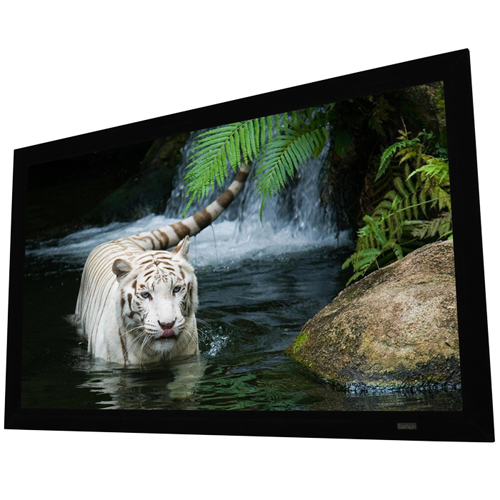 The new 4K Ultra HD TVs stole the show at this year’s CES tradeshow in Las Vegas, which is a pretty tough crowd to impress.
The new 4K Ultra HD TVs stole the show at this year’s CES tradeshow in Las Vegas, which is a pretty tough crowd to impress.
Impressive visuals
What makes 4K stands out is the amazing resolution. Current HD offers resolutions of 3,840 x 2,160, basically four times the resolution of 1080p. Ultra HD offers cinema quality resolution (4,096 x 2,160) and promises to evolve to lead to 8K (7,680x 4,320). You can’t get much more defined that this. With eight million more pixels, you can expect pictures with finer details, more nuanced textures and colours that simply astonish.
Expect more choice
Sharp, Toshiba, Sony and some of the smaller Chinese manufacturers have already released their latest models. The CEA (Consumers Electronics Association) is predicting there will be up to 2.5 million more units in the market. That push willo continue towards more as manufacturers and consumer jump on the bandwagon.
Content still a problem
There are a few bugs to iron before 4K becomes mainstream. The biggest issue with 4K is content. There just isn’t very much to watch. YouTube has some selections but Netflix remains your best choice. Season 2 of its award winning series, House of Cards, premiered in 4K and all five seasons of Breaking Bad have been upgraded to 4K with more content being added daily.
Major movie studios have apparently starting converting their archives but are limited. Ultra HD Blu-ray remains on the wish list. Getting 4K onto a Blu-ray disc is going to take some time. 4K movies need a whooping 100 gigabytes and Blu-ray discs can only handle 25 gigabytes (even less for DVDs, they hold a mere 4.7). So, its looks the actual disc and maybe even disc player may need to be upgraded as well. And as far as 4K broadcast or cable TV channels – well that is even further away. Video games haven’t even caught up.
Upgrades needed for some
Forget trying to stream any of this content over a dinosaur DSL connection. You’re going to need at least 15.6 megabits per second of Internet connection, which means a cable-connection with a fast modem. So unless you are pretty much current, you may be looking at doing a major upgrade to more than just your TV.
The good news for those who already own a HDTV is you can stream the current 4K choices right now. Your HDMI cables can pass 4K so there is no need to upgrade your cables or anything else. There is talk about the new generation of full HDMI 2.0 cables to increase the rate of delivery. So, if you are looking at buying one of the new 4K TVs out there, make sure it’s HDMI 2.0 compliant. All of the 2014 models have this option (for instance all new Sony TVs come with a 4K media streamer); only some of the 2013 models can handle decoding the new signal. It’s important to check that option.
Buy for the future
Consider Ultra HD if you plan on buying a bigger TV (we are talking about 60” plus) or want to switch to a home theatre set-up using a projector. This is when the amazing visuals really pop. If you intend to keep your TV more than 1.5m away or want a smaller screen, then skip 4K technology – you just won’t see much of a difference.
Bottom line: No need to panic about not having this new technology. Your standard 1080p TV recently purchased in the last few years is going to remain useful for a few more years.
Since there’s no rush to upgrade, you can sit back and wait for the prices to become more competitive. If you can’t wait then be sure to visit Best Buy for the best competitive prices on the new 4k TVs.



